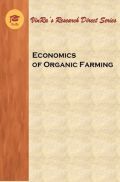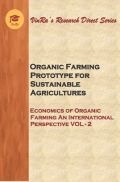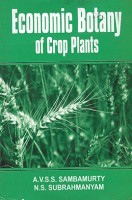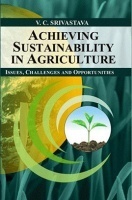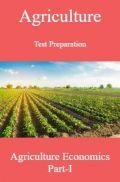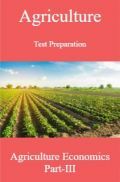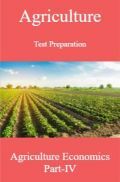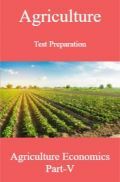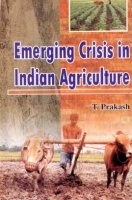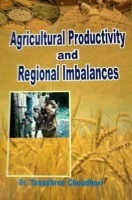To introduce the subject of agricultural economics, there is, first, a series of four chapters (Part I), which deals with the specific nature of economics, agricultural economics problems and system, and some elementary price concepts. Economics of agricultural production is treated in a group of eight chapters (Part II), which includes the characteristics of modern farming, the geographic distribution of production, organization and management of individual farms, farms records, economics of soil conservation and economics of land tenure. Five chapters on marketing of farm products (Part III), it covers the nature of marketing from a functional point ov view. Agricultural finance and insurance are discussed in four chapters (Part IV), nature and use of farm credits, the structure and operation of farm credit system, and the private sources of funds to the farmers. Five chapter are devoted to price policies and programs (Part V).
This book Useful for Agricultural Economics.
PART I: Introduction
1. The Nature of Agricultural Economics
2. The Scope of Agricultural Economics
3. Our Economic System
4. Elementary Price Concepts
PART II: Production Economics
1. Nature of Modern Farming
2. Types of Production in the United States
3. Farm Management
4. Farm Organization
5. Farm Records - Inventory
6. Farm Records - Others
7. Economics of Soil conservation
8. Economics of Land Tenure
PART III: Marketing of Farm Products
1. The Farm Marketing Problem
2. Markets and Middlemen
3. Marketing Specific Farm Products
4. Cooperative Marketing and Purchasing
5. Cooperation in Action
PART IV: Agricultural Finance and Insurance
1. Nature and Use of Farm Credit
2. Federal Farm Credit System
3. Private Sources of Farm Credit
4. Farm Insurance
PART V: Policies and Programs
1. Trade Barriers and the Farms
2. Farmer Organizations
3. Farm Price Policies and Programs
4. Farm Brannan Proposals








